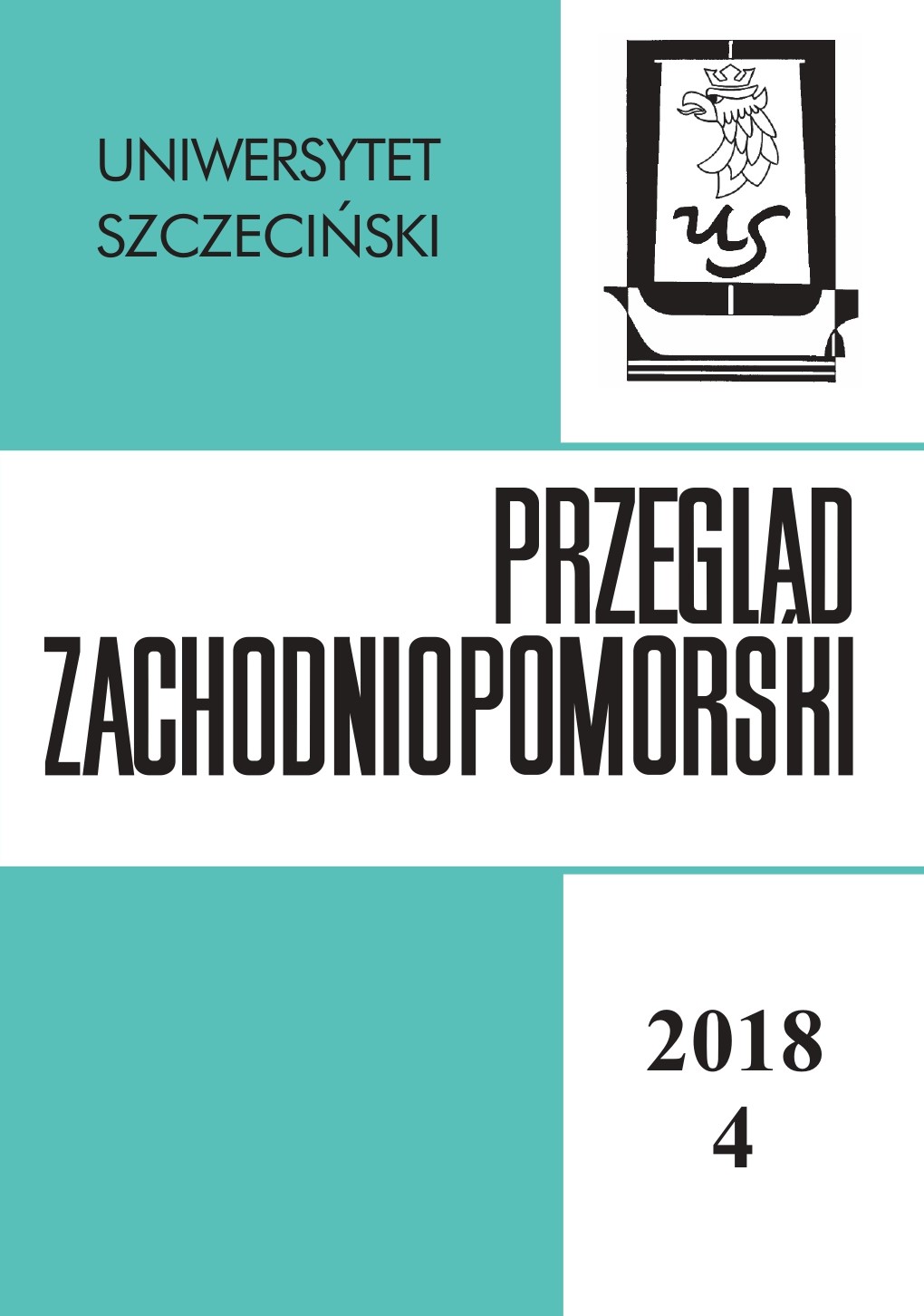Criminal activity in Silesia during the Thirty Years’ War (1618–1648). Contribution to the research
Criminal activity in Silesia during the Thirty Years’ War (1618–1648). Contribution to the research
Author(s): Daniel WojtuckiSubject(s): History, Military history, Social history, Modern Age, 17th Century
Published by: Wydawnictwo Naukowe Uniwersytetu Szczecińskiego
Keywords: Silesia; Thirty Years’ War; executioner; theft; murder; homicide; soldiers; looting; conflict; 17th century; serial killers; witchcraft; posthumous magic; gallows; execution
Summary/Abstract: It must be assumed that every war created people of the criminal margins and demobilization made the people, used to fighting and robbing, left with no prospects. They were inclined to continue the activities they had been engaged in so far, but at the time, outside the ranks of the military units. During the wars, masses of various marauders and mercenaries followed the armies and sometimes they were absorbed into the ranks of the army they were shadowing. Only on the example of large cities in Silesia at that time, i.e. Legnica or partially Wrocław and Świdnica, can we learn about the scale of the phenomenon of common crime at that time, both that committed by soldiers and civilians. The unrestduring the period of armed conflict in the years 1618–1648 also brought about protests of the population against the then authorities. However, theft was the most common crimein modern penal systems, for which criminal sanctions were imposed on the most serious ones – the death penalty, corporal punishment, or discharge. The thieves’ plunders wereall that had any material value and were left without proper supervision. Particularly negatively perceived in the eyes of the law was the theft by an employed service or journeymanto their employers or a church robbery. During or just after the Thirty Years’ War, we also observe an increase in persecution of people who were accused of harmful magic, i.e. witches and sorcerers. Apart from the living, accusations of sinister, posthumous activity were also made against the dead (posthumous magic). In Silesia, epidemicsalso broke out, which were often brought with them by soldiers of the army, for whom the area became a place of accommodation or march. Witches or gravediggers from Silesiantowns were accused of calling some of them. The Thirty Years’ War “created” various kinds of criminals. Undoubtedly, the “product” of t he 1618–1648 c onflict was a wellknown,serial killer Melchior Hedloff, who being tortured, confessed to 251 murders. He was executed in Oleśnica in January 1654. Many new penitentiary facilities appearedboth in Silesia and also in the whole Reich as a result of the outbreak of the Thirty Years’ War. They were mostly exhibited by municipal authorities (not military) and built on themarkets or directly in front of city gates. Among them, new wooden gallows were built, less often pillories.
Journal: Przegląd Zachodniopomorski
- Issue Year: 34/2019
- Issue No: 04
- Page Range: 125-152
- Page Count: 28
- Language: English

